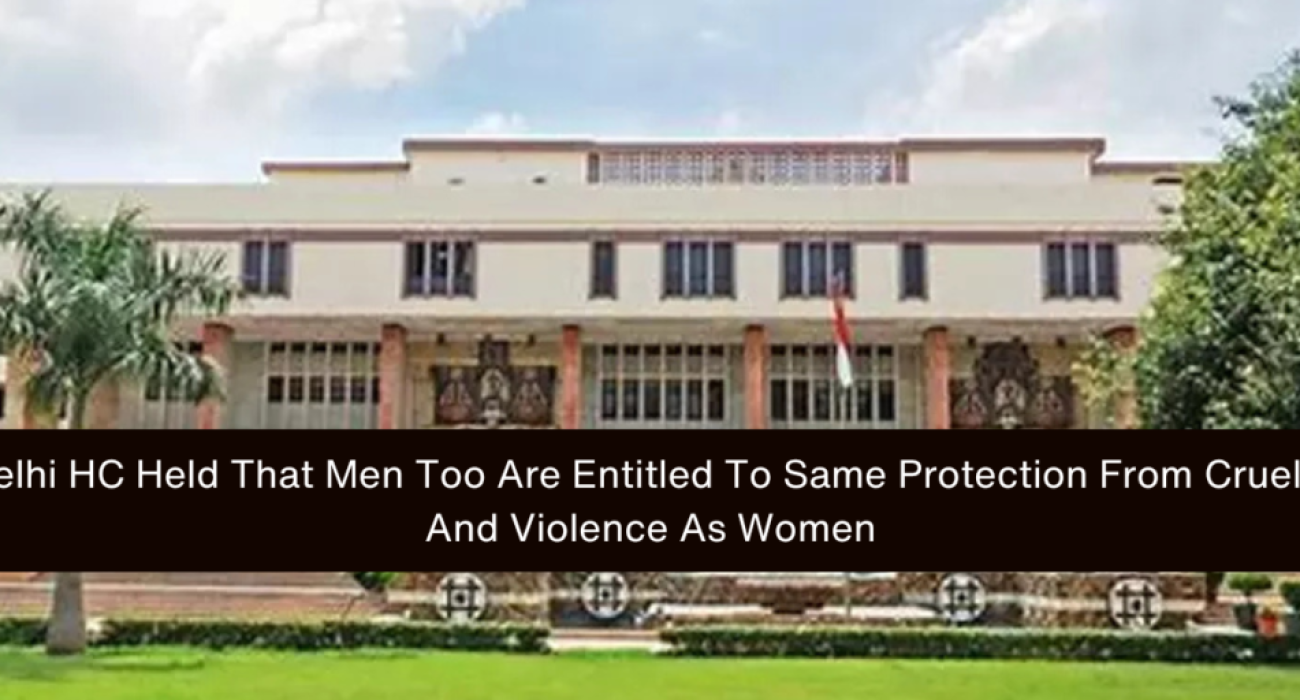

Facts of the Case
The incident in question occurred on January 1, 2025, when a PCR call was made to the police regarding an emergency at a residence in Nangloi, Delhi. Upon arrival, the police were informed by a neighbour that the victim and his wife, along with their three-month-old daughter, were residing as tenants on the first floor of the house. At approximately 3:00 AM, the victim was heard shouting for help, and it was discovered that his face, chest, and neck had been severely burnt. The wife was not present at the scene, and the minor child was left crying in the room. Upon investigation, it was revealed that the wife had poured boiling water mixed with red chili powder onto the victim’s face, neck, chest, and eyes while he was asleep. After carrying out the assault, she locked him inside the room to prevent him from seeking medical help and fled the scene, taking the victim’s mobile phone with her. The victim also provided evidence that the wife had previously made false rape allegations against multiple individuals. The victim had confronted her about these false claims, and she had reportedly threatened him, saying she would harm him if he exposed her.
Contention of the Petitioner
The petitioner’s counsel argued that the applicant had been falsely implicated in the case. It was claimed that she was a victim of domestic violence at the hands of her husband. They had married on February 14, 2024, and a quarrel had occurred between the two after the victim had been talking to other women. However, the counsel was unable to explain the injuries sustained by the victim or the applicant’s actions, such as fleeing the scene and evading arrest. The defense claimed no knowledge of how the victim had been injured and did not provide any explanation for the applicant’s behaviour during or after the incident.
Contention of the Respondent
The prosecution argued that the applicant had premeditated the attack on her husband with the intent to kill him. The injuries sustained by the victim, as per the Medical Legal Certificate (MLC), indicated that the assault was deliberate and severe enough to result in life-threatening injuries. The prosecution also submitted that the applicant had previously filed two separate rape cases against two other men, and her behaviour in this case appeared to be part of a pattern of false accusations and violent tendencies. It was contended that the applicant’s actions showed an intent to cause grievous harm or even death to her husband, and her flight from the scene indicated her awareness of the severity of her crime.
Court’s Observation
The Court thoroughly examined the facts, including the statements of witnesses, the victim’s testimony, and the MLC. The Court noted that the victim had clearly stated that he was forced into marriage with the applicant under duress, as she had threatened him with false accusations if he refused. The victim also disclosed that he had recently discovered disturbing facts about the applicant’s past, including her previous marriages, her child from another relationship, and her history of filing false rape cases. The Court emphasized the seriousness of the injuries sustained by the victim, which were described in the MLC, and remarked, “The intent to cause grievous harm or even death is apparent from the circumstances.” The Court further observed that the applicant’s actions, including locking the victim inside the room after the assault, taking his phone, and fleeing the scene, reflected a calculated attempt to prevent him from receiving medical help and escape the consequences of her actions. In rejecting the plea for leniency based on gender, the Court highlighted the importance of impartiality, asserting, “It would amount to perversity of justice if, in cases where a woman causes such grievous injuries to a man, she is treated with leniency solely on account of her gender, despite the seriousness of the offence.”
Court’s Order
After considering all the arguments, including the failure of the applicant to cooperate with the investigation, the Court concluded that no grounds for anticipatory bail had been established. The nature of the injuries, the method of their infliction, and the circumstances of the crime made it clear that the applicant’s actions were deliberate and harmful. Additionally, the Court noted that the victim had lodged a complaint with the police prior to the incident, which detailed his growing concerns about his wife’s behavior. In light of the gravity of the offense, the Court dismissed the bail application, stating, “In view of the above, the present application stands dismissed.” The Court also clarified that its observations were made in the context of the bail application and did not amount to an expression of opinion on the merits of the case.
Credits: Deeksha Rai
IAW resources
Browse our help directory